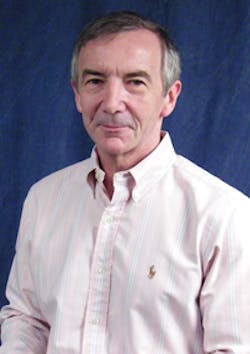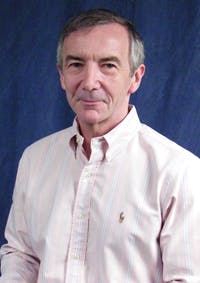Now, a whole educational movement has sprung up aiming to teach people of all stripes how to innovate. Much of the material in this course work can be boiled down to the two-word phrase in Apple ads that Jobs commissioned some 16 years ago.
So it is worth exploring exactly what it means to “think different.” The essence of the idea is embodied in a much-less catchy term called the Einstellung effect. Meaning “setting” or “installation” in German, it refers to the tendency to act in a traditional way even when better alternatives present themselves. Readers may recall hearing an old folk tale demonstrating the effect: It usually involves a grandmother who had a pan too small to hold a roast. Her daughters and granddaughters still cut off the ends of their roasts for cooking though they have bigger pans.
But it turns out even experts are prone to making similar mistakes. One study a few years ago that confirmed this tendency involved chess masters. Neuroscientists from Brunel, Oxford, and Tübingen Universities tracked the eye movements of expert players trying to solve a chess problem. In a nutshell, they found that the first idea that came to the expert’s mind directed their attention toward chess pieces that confirmed the strategy and away from those that didn’t.
The problem was that this bias continued unconsciously even when players thought they were looking for alternatives. Typically they ignored alternatives to the first idea. And this isn’t all bad. It lets experts deliver a speedy response in familiar situations. But it can lead to errors when the first thought that comes to mind isn’t optimum.
The specific way in which chess players made mistakes was quite interesting, even for nonchess players. The neuroscientists first set up a chessboard with a three-move solution to a checkmate that chess players would say is counterintuitive. Expert players spotted the move in an average 37 seconds. Then researchers changed the board slightly so the three-move solution was still there, but a five-move solution was also possible. The new solution was more familiar to chess experts.
When a new group of chess masters viewed the board, only half those playing at the top international master level ever saw the three-move strategy. Even fewer less-skilled players figured it out.
More striking was what happened when the researchers moved the chess pieces back to the original setup. Experts who hadn’t deciphered the three-move solution before still had trouble seeing it. The researchers report it took those experts more than twice as long as the previous bunch to spot the move.
Their eye movements revealed the reason why: Experts who had seen the five-move solution dwelled on the pieces and squares related to that strategy. Those who hadn’t seen it looked all around the board until they found the squares that mattered.
The lessons of the chessboard show why it sometimes makes sense to bring new people with different frames of reference into work projects that have hit a wall.
And we have Steve Jobs to thank for giving the issue more sex appeal than if it had remained hidden behind by an obscure German term.
About the Author
Leland Teschler
Lee Teschler served as Editor-in-Chief of Machine Design until 2014. He holds a B.S. Engineering from the University of Michigan; a B.S. Electrical Engineering from the University of Michigan; and an MBA from Cleveland State University. Prior to joining Penton, Lee worked as a Communications design engineer for the U.S. Government.

